Wow, Leonardo was a hell of a guy. The true epitome of art and science coming together to create something truly magnificent. And what makes it better is that he can be connected to Michael Jackson and zombies, two of my most favorite things in the world.

After the degrees of seperation between Leonardo and Jackson we saw an extremely eye opening video about the relative size of things and the many different dimensions that surround us all. These dimensions cover all possible events in all possible times in all possible universes.
After the lecture, we seperated into our groups and head to the labs we were assigned to visit. The first lab we visited the scientist was studying cancer. He showed us a sample of cancer from around fifty years ago that had yet to die. He told us that cancer was immortal which is why it is such a difficult disease to treat. The exchanges we made during this lab really helped be get a much deeper understanding of cancer.

After the cancer lab we moved to the engineering building where we learned about a project to create a cheap, small, and effective blood viewing unit called LUCAS. This device uses the shadow of the blood and the particles inside of it to project an image of the blood on the screen. They have managed to get the technology very small, so small that it can fit onto a cell phone.
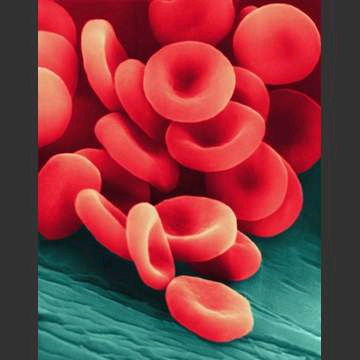
Today was another great awe inspiring day, that taught a lot about myself.
http://www.cancer.org/docroot/home/index.asp
http://www.cancer.gov/
http://www.mos.org/leonardo/
http://www.netdoctor.co.uk/health_advice/examinations/measuringbloodpressure.htm
http://www.devicelink.com/mpmn/archive/07/05/023.html



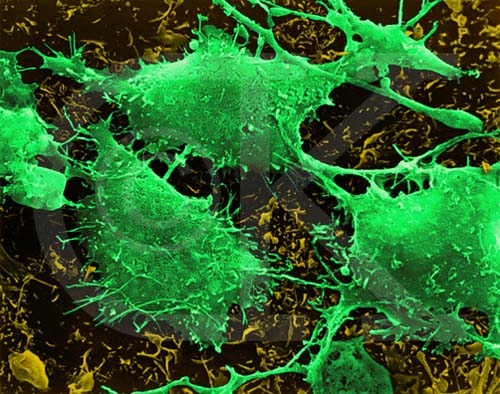


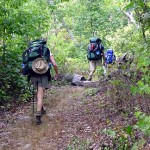 different area. After I forget about the exhaustion, I realized I learned an outrageous amount today. We had a lecture about the use of structures and shapes in art and science. We also went to the Fowler museum and viewed art by the Aborigine culture, we viewed
different area. After I forget about the exhaustion, I realized I learned an outrageous amount today. We had a lecture about the use of structures and shapes in art and science. We also went to the Fowler museum and viewed art by the Aborigine culture, we viewed 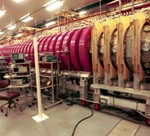 very old books in the library, and we also went to the Basic Plasma Science Facility. Seeing the old books was really interesting and the Aborigine art was some of my favorite art. I really liked that there was so much tradition behind them and that they were so secretive.
very old books in the library, and we also went to the Basic Plasma Science Facility. Seeing the old books was really interesting and the Aborigine art was some of my favorite art. I really liked that there was so much tradition behind them and that they were so secretive.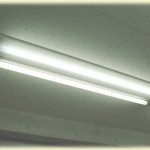 research, I found that plasma is used in plasma displays, fluorescent lamps, rocket exhaust, and fusion energy research. I was not aware that plasma was used in such common items (like rocket exhaust).
research, I found that plasma is used in plasma displays, fluorescent lamps, rocket exhaust, and fusion energy research. I was not aware that plasma was used in such common items (like rocket exhaust).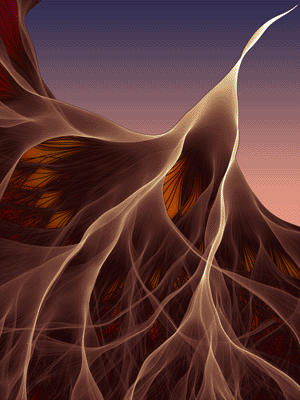
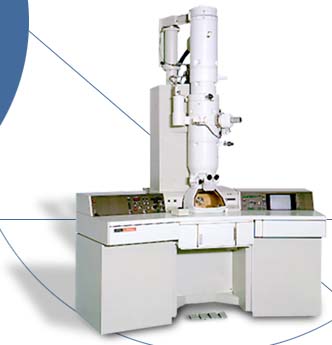
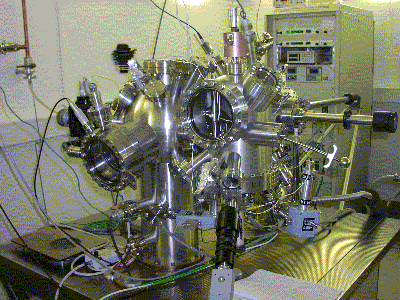







 !
!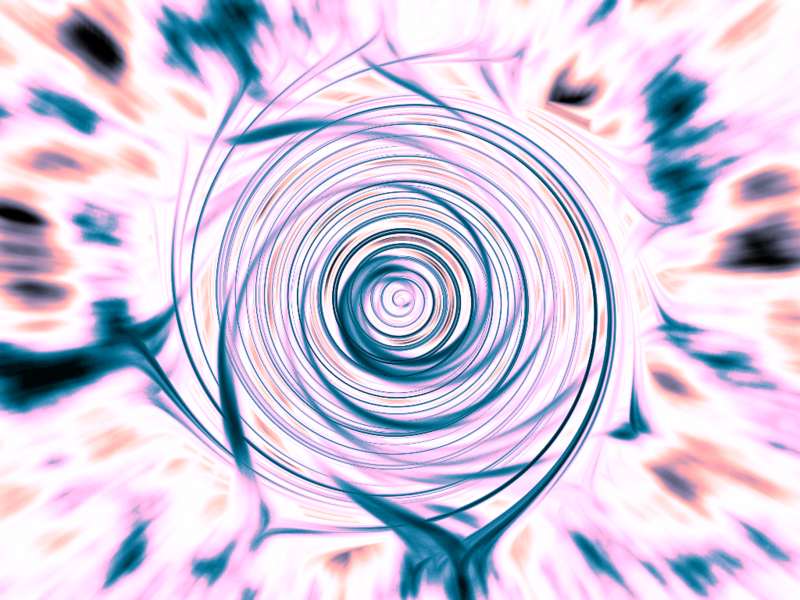




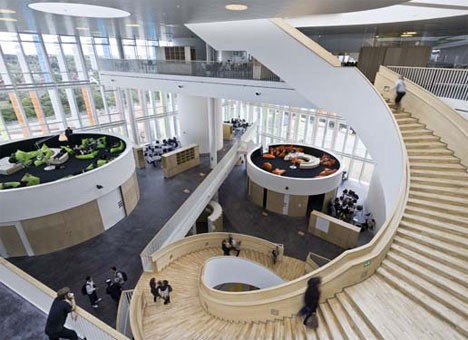
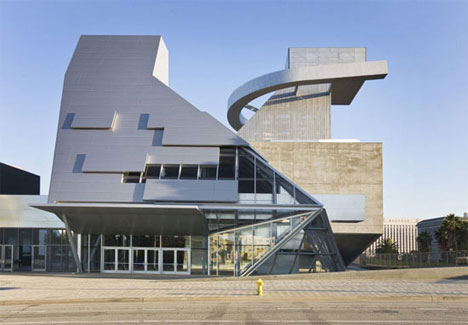

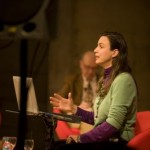 While the rest of the week was very informative, today was one for inspiration. In the morning, Victoria Vesna talked to us about her life. I found her life to be one of the most inspiration lives I’ve ever learned about. In my life, I am surrounded by people who are extremely unhappy with their places in the world. They go through their lives doing things they do not want to be doing, claiming that they have to continue living their lives the way they are. Instead of making the change and doing what they want, they say it is impossible to live any other way. From what I have heard of Victoria’s life, however, she always went after what she wanted to do. She has done everything from being an artist, being in a band, to now being the head SciArt department.
While the rest of the week was very informative, today was one for inspiration. In the morning, Victoria Vesna talked to us about her life. I found her life to be one of the most inspiration lives I’ve ever learned about. In my life, I am surrounded by people who are extremely unhappy with their places in the world. They go through their lives doing things they do not want to be doing, claiming that they have to continue living their lives the way they are. Instead of making the change and doing what they want, they say it is impossible to live any other way. From what I have heard of Victoria’s life, however, she always went after what she wanted to do. She has done everything from being an artist, being in a band, to now being the head SciArt department.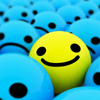 have been preparing for college. From AP classes to SAT courses to this program, my parents have
have been preparing for college. From AP classes to SAT courses to this program, my parents have 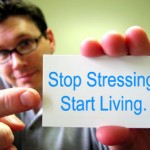 been making sure I can get into the best college possible. All this preparation makes me feel like I cannot try what I want and that if I end up doing something I do not want to do, I will have to stay doing that. By listening to someone as successful as Victoria talk about her life and how she pretty much just did whatever she wanted gives me the inspiration that I can do the same. I just have to actually DO it.
been making sure I can get into the best college possible. All this preparation makes me feel like I cannot try what I want and that if I end up doing something I do not want to do, I will have to stay doing that. By listening to someone as successful as Victoria talk about her life and how she pretty much just did whatever she wanted gives me the inspiration that I can do the same. I just have to actually DO it.